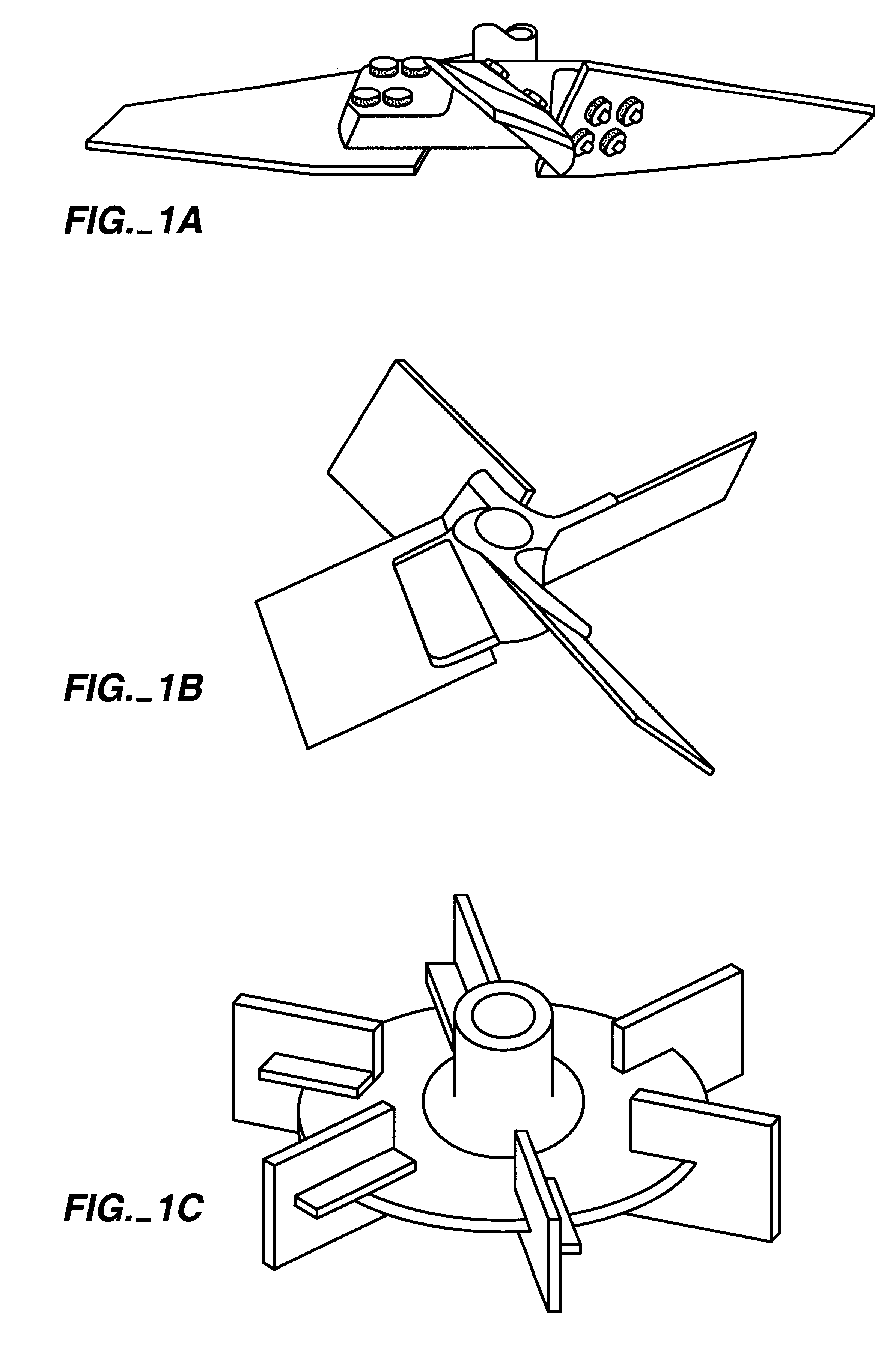Compositions for nasal drug delivery, methods of making same, and methods of removing residual solvent from pharmaceutical preparations
a technology of nasal drug delivery and solvent removal, which is applied in the direction of synthetic resin layered products, natural mineral layered products, peptides, etc., can solve the problems of product undesirable for commercial scale pharmaceutical use, gelatin microspheres, and unsuitable particle size ranges, so as to achieve the effect of lowering mixing speed and high impeller heigh
- Summary
- Abstract
- Description
- Claims
- Application Information
AI Technical Summary
Benefits of technology
Problems solved by technology
Method used
Image
Examples
example 1
Production of tICAM(453)
Rhinoviruses are members of the picornavirus family and are responsible for 50% of colds in humans over the course of one year. During peak season (mid-September to mid-October) however, rhinoviruses account for up to 75% of all colds. Approximately 90% of all rhinoviruses bind to a major human rhinovirus receptor (HRR). An antiviral agent comprising the human major rhinovirus receptor or fragments thereof is an effective inhibitor of rhinoviral infection of susceptible cells. The human major rhinovirus receptor is the same as the protein known as intercellular adhesion molecule-1 (ICAM-1), with the exception of a G>A at nucleotide 1462, resulting in the amino acid substitution Glu>Lys at amino acid position 442. ICAM-1 is a glycoprotein with a molecular weight of 45-50 kD (excluding carbohydrate) and 8 potential sites for N-linked carbohydrate attachment; the glycosylated protein has a molecular weight of 82-88 kD. ICAM-1 has 507 amino acids and consists of ...
example 2
Process for Production of Gelatin Microspheres
A) Materials
tICAM(453): tICAM(453) was made as in Example 1.
Albumin: 25% albumin (human) USP (Bayer Corporation, Elkhart, Ind.)
Grades of Gelatin: Acid-type gelatin, extracted from porcine skin, was obtained from Hormel Foods (Austin, Minn.). Gelatin is normally graded by its Bloom strength, a measure of gel strength under defined conditions (see, e.g., U.S. Pat. No. 1,540,979). These studies were conducted with gelatin with Bloom strengths of 225 (Hormel grade P-7), 250 (grade P-8) and 275 (grade P-9).
Oils: A variety of oils was used. Food-grade corn oil was obtained from a grocery store (e.g. Mazola.RTM., CPC International, Englewood Cliffs, N.J.). Pharmaceutical or NF grade was supplied by Ruger Chemical (Irvington, N.J.). Soybean oil was either food-grade or NF grade from Ruger Chemical.
Surfactants: Span 80.RTM. (sorbitan monooleate), Span 85.RTM. (trioleate), and Arlacel 186.TM. (glyceryl monooleate) were supplied by ICI Americas (Wi...
example 3
Incorporation of tICAM(453)
tICAM(453) was incorporated into the gelatin microspheres made by the process of Example 2 to evaluate the effect of the protein on particle size; determine protein loading; and evaluate the effect of processing conditions on bioactivity. Emulsification conditions were 1:3 volume ratio of 20% porcine 250 Bloom type A gelatin in water (w / w):1% Span 80 in corn oil.
Initial experiments were conducted as shown in Table V:
In the top part of the table, the results of a run incorporating tICAM(453) are presented. In the lower part are the results of two control runs. The tICAM(453)-loaded material had a slightly higher mean volume particle diameter than the controls. tICAM(453) released from the formulation had bioactivity identical to the starting material. The measured loading was 7.8%; this was 87% of the loading expected based on the composition of the initial gelatin solution.
PUM
| Property | Measurement | Unit |
|---|---|---|
| Time | aaaaa | aaaaa |
| Temperature | aaaaa | aaaaa |
| Temperature | aaaaa | aaaaa |
Abstract
Description
Claims
Application Information
 Login to View More
Login to View More - R&D
- Intellectual Property
- Life Sciences
- Materials
- Tech Scout
- Unparalleled Data Quality
- Higher Quality Content
- 60% Fewer Hallucinations
Browse by: Latest US Patents, China's latest patents, Technical Efficacy Thesaurus, Application Domain, Technology Topic, Popular Technical Reports.
© 2025 PatSnap. All rights reserved.Legal|Privacy policy|Modern Slavery Act Transparency Statement|Sitemap|About US| Contact US: help@patsnap.com



